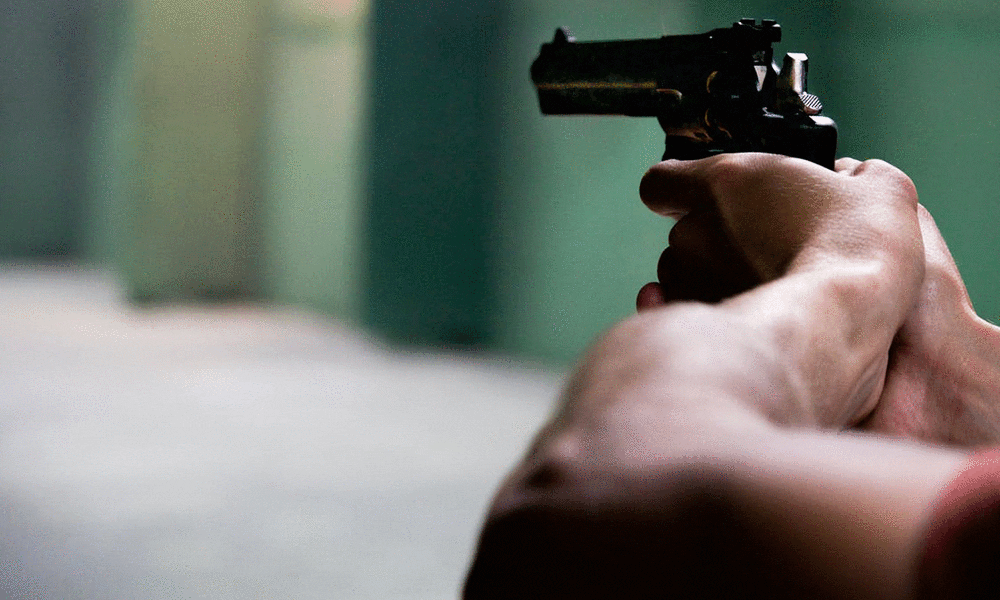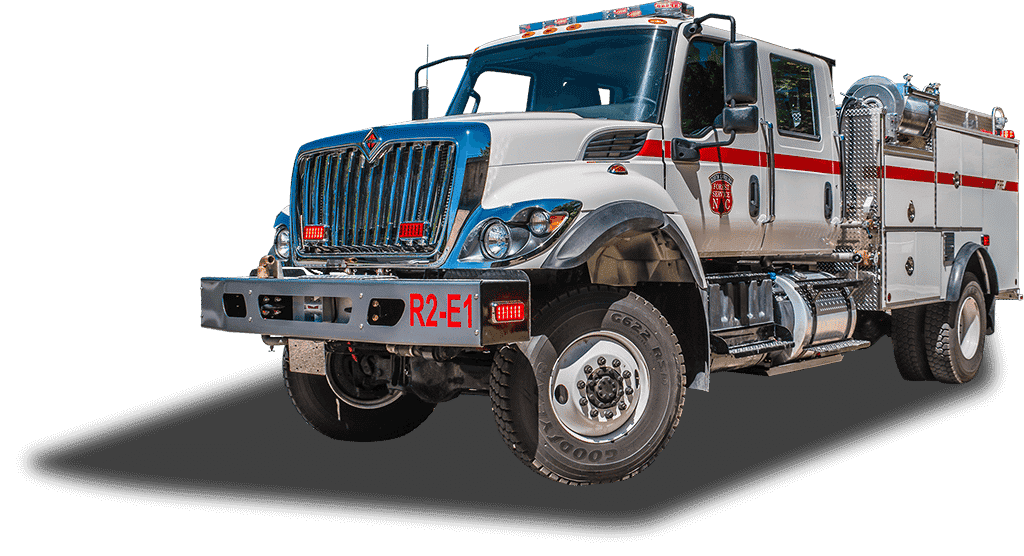 Recent shootings like the Florida school shooting earlier this month have no doubt sparked debate and controversy over effective response and prevention methods. During the last five years the United States has been inundated with at least 14 prominent, high-casualty producing active shooter incidents. This has forced police, fire, and EMS to change tactics to handle these unfortunate incidents. The locations where incidents occur have been shown to be a school, an office complex, a fast food restaurant, a warehouse, or as you are passing by a freeway overpass. It is clear that this type of situation requires all agencies to practice readiness and have a clear understanding of what actions are needed, who should take them, and when. Police organizations already have been training their personnel with Immediate Action-Rapid Deployment tactics. This training employs immediate deployment of law enforcement resources to ongoing, life-threatening situations where delayed deployment could otherwise result in death or injury to innocent persons. The introduction of National Fire Protection Association (NFPA) 3000, Standard for Preparedness and Response to Active Shooter and/or Hostile Events seeks to provide direction to fire personnel in the event a situation like this occurs in the future. Let’s highlight some of the important points of the standard that might help you or your firefighters in the future.
Recent shootings like the Florida school shooting earlier this month have no doubt sparked debate and controversy over effective response and prevention methods. During the last five years the United States has been inundated with at least 14 prominent, high-casualty producing active shooter incidents. This has forced police, fire, and EMS to change tactics to handle these unfortunate incidents. The locations where incidents occur have been shown to be a school, an office complex, a fast food restaurant, a warehouse, or as you are passing by a freeway overpass. It is clear that this type of situation requires all agencies to practice readiness and have a clear understanding of what actions are needed, who should take them, and when. Police organizations already have been training their personnel with Immediate Action-Rapid Deployment tactics. This training employs immediate deployment of law enforcement resources to ongoing, life-threatening situations where delayed deployment could otherwise result in death or injury to innocent persons. The introduction of National Fire Protection Association (NFPA) 3000, Standard for Preparedness and Response to Active Shooter and/or Hostile Events seeks to provide direction to fire personnel in the event a situation like this occurs in the future. Let’s highlight some of the important points of the standard that might help you or your firefighters in the future.
NFPA Committee Works to Create a Standard for Responding to Active Shooters and Hostile Events
In June of 2017 members of a newly formed NFPA committee with backgrounds in law enforcement, fire service, government, medicine, and mental health met to address the rise in active shooter incidents. The meeting and committee is special in that it marks only the second time in NFPA’s 121-year history that a provisional standard status has been authorized by the NFPA Standards Council. All NFPA standards are revised and updated every three to five years and normally a new standard’s cycle takes approximately two years to complete. However, under a provisional standard, guidance is fast tracked and issued to address immediate emergencies. The NFPA Board of Directors in a provisional standard authorize a special set of fast-track procedures to allow the development of a standard on a process safety in record time. The committee met in large part because fire service procedures were unable to evolve with the multitude of incidents throughout the country. Prior to the provisional standard the procedures for firefighters involved the policy of standing by until the scene was deemed safe by law enforcement personnel. However, in the past first responding firefighters have been criticized for a lack of timely care resulting in significant delays in reaching, treating and transporting wounded victims. The NFPA 3000 seeks to correct these past inadequacies by establishing response and recovery benchmarks with a focus on integration with civilian and responder safety in mind.
NFPA 3000 Establishes the Same Language for All First Responders to Mass Shooting Incidents
An Orlando Police Department report detailing the lessons learned from the Pulse nightclub attack highlighted serious deficiencies between fire, police, and EMS services. What made this incident so complex is that dozens of first responders from multiple local, state, and federal agencies arrived within minutes of the initial call. The lessons learned specifically cited the need for improved communication and coordination between the police and fire departments responding to the incident. The committee members aimed to use this lesson learned to drive the NFPA 3000 towards establishing a unified communication and cooperation that arise when so many different organizations respond to these types of events. Past events have taught us that even when well-coordinated, those first responders without proper guidance and training can unintentionally exacerbate an already volatile situation. The NFPA 3000 committee was able to look to the public safety community in San Diego as a possible test case for how first responders should coordinate in a mass shooter incident. In April 2017 a lone gunman opened fire on a large group of people celebrating a birthday party at an upscale San Diego apartment complex swimming pool. Long before the 2017 shooting, in October 2014, the San Diego Operational Area created a plan for these types of incidents and enacted its own Active Shooter/MCI policy to facilitate a more coordinated, timely and effective joint response. One of the key factors in managing a shooter situation is establishing communications and a unified command. The San Diego multi-agency first responder training paid off during the April shootings. First responding personnel utilized a preexisting policy to enhance the incident command system and facilitate effective scene management during the apartment shootings. Furthermore, the NFPA 3000 committee credited the proactive planning, multi-agency collaboration, and conducting realistic training sessions together as a model for future active shooter responses. Collaboration models such as what is happening in San Diego and in Silver City, New Mexico highlight the direction the provisional procedure will take. NFPA President Jim Pauley said. “By employing the unified response outlined in NFPA 3000, first responders, facility managers, hospital officials, and community members can minimize risk before, during and after these devastating incidents.” Pauley added, “We were clearly hearing the need for such a standard from those on the frontlines. Through this process, we are able to respond quickly to provide a critical body of knowledge to those who are faced with such horrendous events, ultimately making them and the public safer.” What Pauley is stressing is that communities should conduct active shooter drills that include EMS, fire and police departments. These drills will help each group understand how its actions contribute to an integrated multidisciplinary response and will produce effective collaboration during response to an active shooter incident.
Get in Touch
Fields marked with an asterisk (*) are required.



